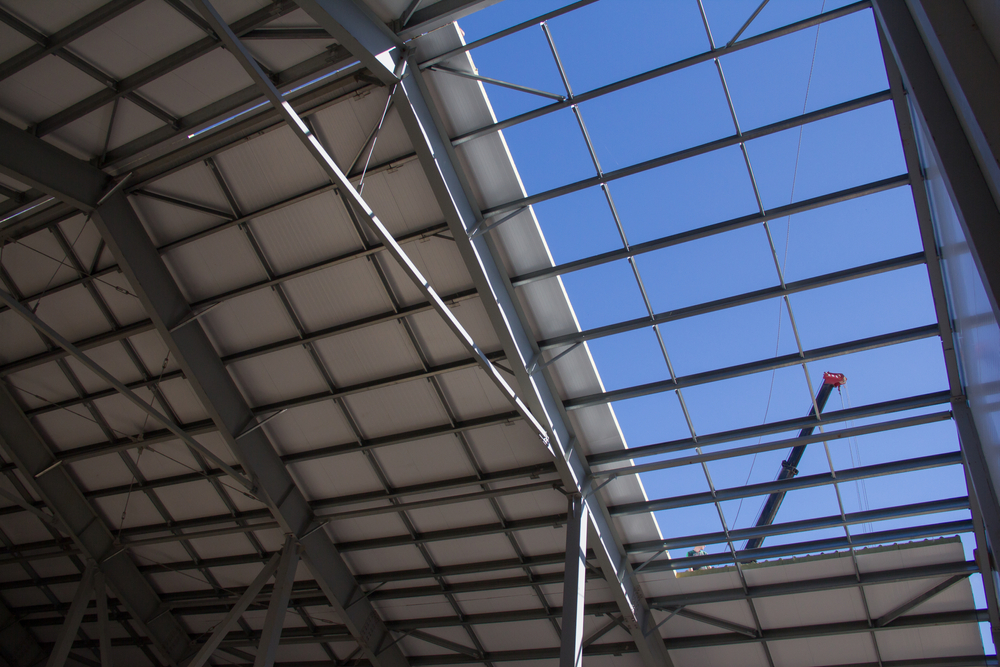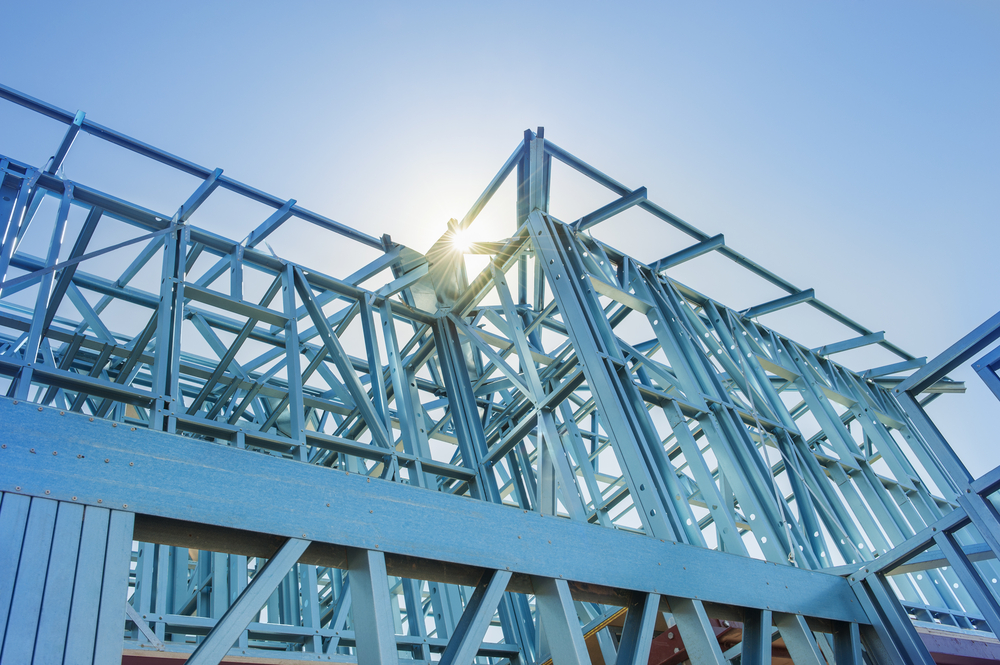Choosing the suitable framing construction for your building is good, but strengthening it is beneficial long-term. Take, for example, when you insulate a steel frame building. The steel is resistant to fire, pests, and weather. But you can only prolong its durability when you make it free from its archenemies such as moisture and mold.
Insulate a steel frame building?
Other than durability, people like metal frame construction because it can be pre-fabricated and budget-friendly. But still, these advantages will go to nothing if the steel frame rot due to condensation.
The number one trigger for condensation has always been humidity. It can be the temperature outside or inside the building. When condensation occurs, the environment becomes damp. And when that happens, steel bars moist and eventually corrode, rust, and gather mold.
Note that problems with condensation and mold can go beyond the weakening of the structure. These also prone building users to health and safety risks. For one thing, exposure to microbes is unhealthy for people with respiratory issues and allergic reactions.
A top solution to counter the adverse effects of condensation is insulation. It means putting insulation materials on particular building parts to prevent inside or outside heat from passing through. Thus, insulating a steel frame building bring benefits such as
- Comforting room temperature
- Less energy consumption
- Lower energy bills
- Soundproofing
- sturdy structure
The step to insulating a steel frame building

Like standard construction processes, you have the option of whether to do it yourself or hire a professional contractor. The latter may be pricey, but it promises impactful difference as masterly installed insulation guarantees long-lasting results.
DIY or not, here are the types of insulation you can choose from:
Spray foam insulation is ideal because it can cover edges that are typically hard to fill, such as areas around light fixtures or electrical outlets. As its name indicates, it involves flashing insulation materials. Spray foam is also suitable for the steel frame building in a usually cold location.
The Loose-fill insulation process includes blowing or pouring and requires mineral wool, fiberglass, and cellulose. Like spray foam type, it is the insulation if the concern is filing irregular spaces. It is also suitable for an already existing building. One disadvantage of loose-fill insulation is it can be pricey.
Rigid board insulation can be arduous, especially when it is DIY. But if an expert professionally does the job, this insulation type provides various benefits. For one thing, it usually gets authorities’ approval because of its R-value or thermal resistance. The rigid board insulation can be composed of polyurethane, polystyrene, or fiberglass.
Batt and blanket type involves putting materials such as plastic or natural fiber, fiberglass, and mineral wool to joist and studs. Among the insulation styles, it is known for its being costless and suitable for metal building.
Reflective foil involves placing films, papers, or foils between gaps around studs, rafters, and beams. It also offers benefits, but it’s ideal for unfinished walls or ceilings only.
There are other insulation types you can choose from, like fiberglass. What is good to remember is some styles depend on where it is applicable in terms of spaces to fill, the location’s temperature, and availability of materials. Moreover, having a reliable contractor who knows well what is best for your steel frame building is valuable to have efficient insulation.

